Difference between Balance Sheet and Profit and Loss Account
When it comes to understanding the financial position of your company, it is important to know the key differences between a balance sheet and a profit and loss account.
In this blog post, we will discuss these two important financial statements.
Key differences between the balance sheet and the profit and loss account
- The Balance Sheet shows the financial position of the company as at the date it is drawn up e.g. as at 31 December 2021 while the Profit and Loss account shows the results of operations for the period e.g. For the year ended 31 December 2021.
- The Balance Sheet is a statement of assets, liabilities and capital, whereas the Profit and Loss account is a statement of income and expenses.
- The Balance Sheet is static; it doesn’t necessarily change from period to period, whereas the Profit and Loss account will always change with each new accounting period.
- The Balance Sheet enables a comparison to previous years to show the relative stability, liquidity and solvency of the business. The Profit and Loss account allows you to identify and track trends in performance and profitability over time.
The relationship between balance sheets and profit and loss accounts
The profit and loss (P&L) account summarises a business' trading transactions - income, sales and expenditure - and the resulting profit or loss for a given period.
Any remaining profits not paid out as dividends are shown as retained profit on the balance sheet.
Many small businesses do not pay much attention to their balance sheet, particularly if they use
cash basis accounting. Under the cash basis of accounting, transactions are only recorded when there is a change in cash at bank/in hand. This means that there are no accounts receivable or accounts payable to record on the balance sheet.
If you use accrual accounting, then the balance sheet becomes much more important as this is where you can track what your customers owe and what you owe your suppliers as well as how much stock you are holding.
The balance sheet is also a good indicator of the overall financial health of your business. The two key ratios to look at are the current ratio and the debt-to-equity ratio.
- Current ratio = current assets/current liabilities
- Debt-to-equity (D/E) ration = Total liabilities/total Shareholder equity
Reading your financial statements can be tricky if you don’t fully understand the difference between the balance sheet and the profit and loss account, but at OnTheGo Accountants, we are always ready to give our clients training or just have a quick chat to explain anything that isn’t clear.
Get in touch with
David Masih, our client relationship partner. David can explain how we can help you to understand the workplace pension rules for employers so that you can support your staff. Call
03330 067 123 for a no-obligation chat today or email
info@onthegoaccountants.co.uk.





